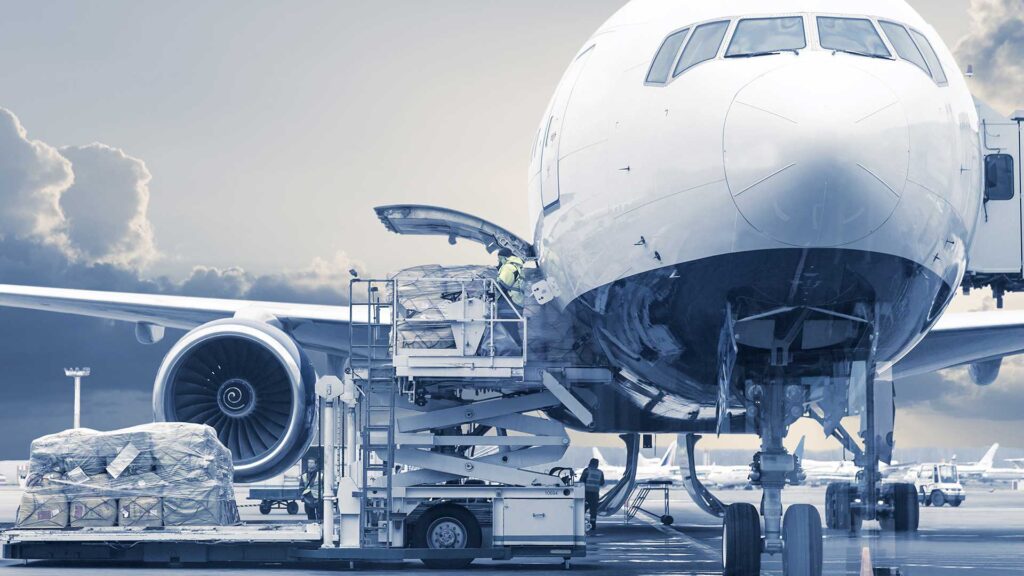Importing electronics from China to the USA requires careful preparation of customs documents to ensure compliance and avoid delays. Many importers face shipment holds or penalties simply due to incomplete paperwork. This guide explains exactly what documents are needed, how to prepare them, and provides real case examples to help you manage your imports efficiently.
1. Why Documentation Matters in Electronics Importation
Proper documentation ensures that your goods comply with U.S. import laws. Electronics are closely monitored by U.S. Customs and Border Protection (CBP) and the Federal Communications Commission (FCC). Missing certificates or inaccurate invoices can result in delays or even confiscation.
Main agencies involved:
| Agency | Purpose | Applies To |
|---|---|---|
| CBP | Customs control | All goods |
| FCC | Radio frequency compliance | Electronic devices |
| FDA | Safety of medical electronics | Healthcare items |
| EPA | Environmental protection | Batteries and circuits |
2. Essential Documents Needed to Ship Electronics from China to USA
Each shipment must include accurate, legally compliant documentation. The key papers are:
- Commercial Invoice – Lists product details, quantities, and prices.
- Packing List – Describes package count, dimensions, and weight.
- Bill of Lading (Sea) or Air Waybill (Air) – Acts as proof of shipment.
- Certificate of Origin – Confirms manufacturing in China.
- Import Declaration (CBP Form 7501) – Required for customs entry.
- FCC Declaration of Conformity – Ensures product compliance.
- Insurance Certificate – Provides financial protection for the shipment.
- Material Safety Data Sheet (MSDS) – Needed for lithium battery products.
These documents collectively determine your shipment’s legal clearance and duty amount.
3. Preparing and Checking Customs Paperwork
Accuracy is everything. A single wrong HS code can cause a week-long delay. Therefore, importers should verify all documentation before dispatch.
Checklist for verification:
- Confirm consistent product descriptions.
- Verify the declared value matches purchase price.
- Use correct HS code (8471 for computers, 8504 for adapters).
- Ensure all supplier details are legitimate.
- Attach FCC labels when applicable.
Tip: Collaborate with an experienced customs broker to manage declarations smoothly.
4. Shipping Methods and Documentation Requirements
Different shipping methods require different documentation and timelines. Below is a comparative overview.
| Mode | Transit Time | Documents Needed | Pros | Cons |
|---|---|---|---|---|
| Air Freight | 3–7 days | Invoice, AWB, FCC | Fast & secure | Higher cost |
| Sea Freight | 25–40 days | Invoice, B/L, Packing List | Economical | Slower |
| Express Courier | 3–5 days | Invoice, Waybill | Simple process | Limited volume |
5. Real Case Examples of Electronics Shipments
Case 1: Shenzhen → Los Angeles (Air Freight)
Product: 500 tablet PCs
Volume/Weight: 3 CBM / 750 kg
Documents: Invoice, AWB, FCC, Insurance Certificate
Cost: USD 4,500 total
Transit Time: 5 days
Outcome: Cleared smoothly; importer received goods within 6 days door-to-door.
Case 2: Guangzhou → Houston (Sea Freight)
Product: 5,000 LED monitors
Volume/Weight: 20 CBM / 6,500 kg
Documents: Invoice, B/L, Packing List, FCC Declaration
Cost: USD 2,800
Transit Time: 32 days
Outcome: Minor 2-day delay due to missing FCC label; issue resolved quickly.
6. Customs Clearance and Import Duties
When the goods arrive, CBP inspects them and reviews documents for accuracy. Duties depend on HS codes and product categories.
Steps in customs clearance:
- Submit customs entry via broker.
- Pay import taxes or tariffs.
- Undergo potential inspection.
- Receive customs release notice.
Average import duties:
| Product Type | HS Code | Duty Rate |
|---|---|---|
| Computer parts | 8471 | 0–2% |
| LED displays | 8528 | 2.1–3% |
| Power adapters | 8504 | 3–5% |
| Audio devices | 8518 | 2–4% |

7. Cost and Transit Time Reference
Estimated 2025 shipping prices for popular routes:
| Route | Mode | Avg. Transit Time | Cost per kg |
|---|---|---|---|
| Shanghai → Los Angeles | Air | 5 days | $6.50 |
| Shenzhen → New York | Sea | 30 days | $1.10 |
| Ningbo → Miami | Air | 6 days | $7.20 |
Freight rates fluctuate seasonally, especially before major holidays. Booking early helps secure better rates and delivery slots.
8. Compliance, Labeling, and Risk Control
All imported electronics must bear proper labeling, including the FCC ID, voltage, and country of origin. Products using Wi-Fi, Bluetooth, or other transmitters require FCC approval.
Compliance checklist:
| Requirement | Description |
|---|---|
| FCC Label | Required for all transmitting electronics |
| CE/UL Mark | Indicates global compliance |
| “Made in China” Label | Mandatory origin label |
| Voltage/Frequency | Must match 110–240V range |
Insurance is also recommended to protect against cargo damage, especially for fragile electronics like screens and components.
Conclusion
In summary, knowing what documents needed for electronics from China to USA is the foundation of successful importing. A complete set—invoice, packing list, FCC form, and certificate of origin—guarantees fast clearance and compliance. Combined with accurate labeling and professional freight handling, you’ll reduce costs, avoid penalties, and ensure your electronics reach U.S. customers quickly and safely.
- Consult TJ China Freight Forwarding for the lowest quote. They will provide you with reliable, cost-effective service.
FAQ:
Q1.Do I need an FCC certificate for importing electronics?
Yes, all wireless or transmitting electronics require an FCC Declaration for customs clearance and safety compliance.
Q2.What’s the difference between an invoice and a packing list?
An invoice lists prices and values, while a packing list describes how goods are packaged and shipped.
Q3.How long does customs clearance usually take?
Normally 1–3 days if documentation is accurate; delays occur with missing FCC labels or incorrect HS codes.
Q4.Can I ship electronics with lithium batteries by air?
Yes, but you must include an MSDS form and follow IATA lithium battery transport regulations.
Q5.What happens if the documents are incomplete?
Incomplete or inconsistent paperwork can lead to customs holds, additional inspections, or even fines.




